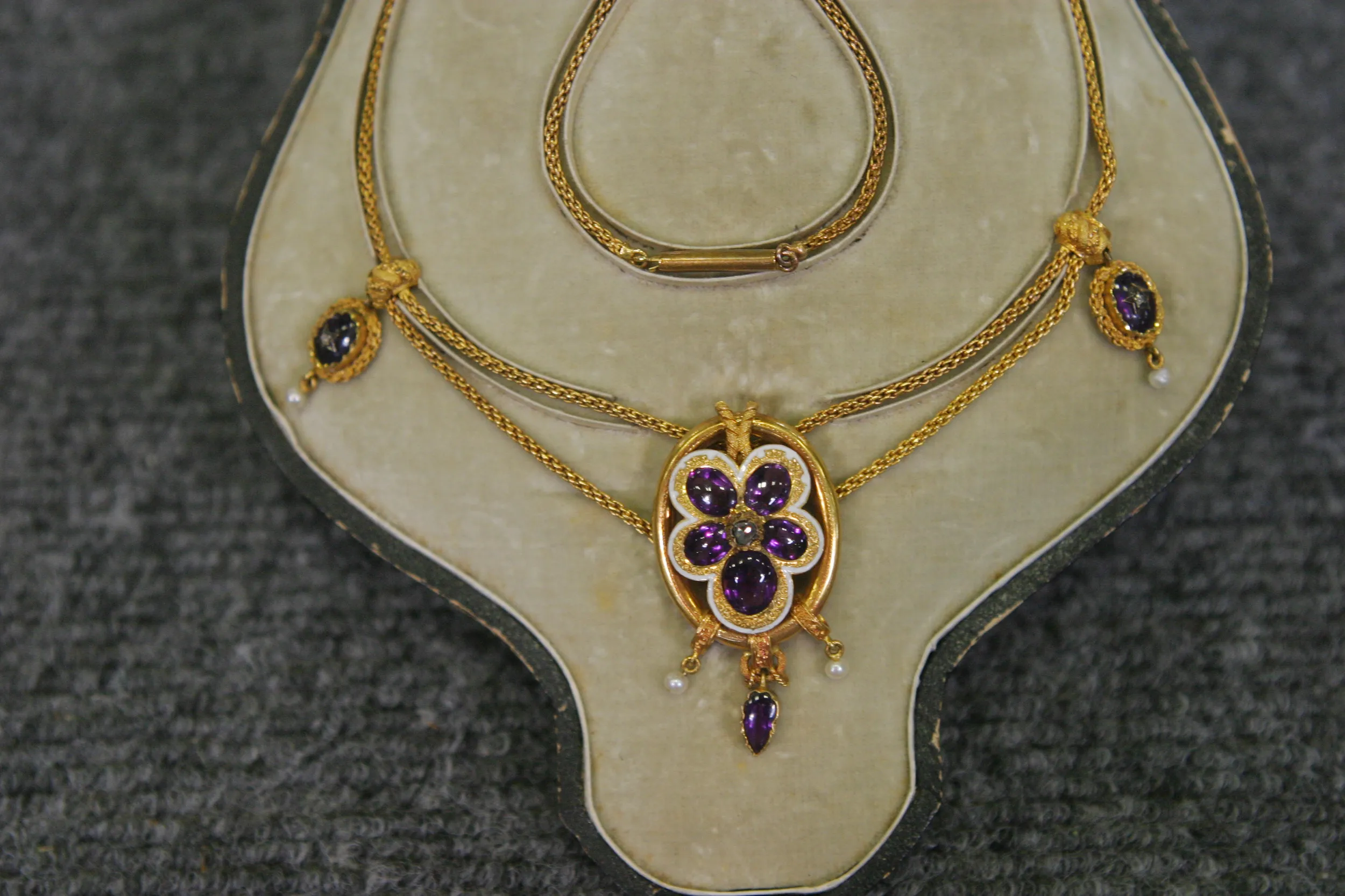Cartier Art Deco Diamond Bracelet, ca. 1930
GUEST: I inherited it from my father because he inherited it from his great-aunty. We were told it's a Cartier bracelet but I don't know. It's beautiful, I love it. Reminds me of her. When she passed away, somebody had it appraised for the estate, and I believe they appraised it around $9,000. And I remember them saying something about mine-cut diamonds.
APPRAISER: There's a period called Art Deco, and this is one of those classic examples. You see the shape, it's slightly tapered, there's a lot of geometric design going on here, and these kind of trapezoidal sections. And then you see over here you kind of got a little pear-shaped section.
GUEST: Mm-hmm.
APPRAISER: And then again it's very strong through here. It's slightly curved. And that's a sign of a nice piece of jewelry. Even though this is all flexible to go around the wrist.
GUEST: Yeah.
APPRAISER: This here is curved for the top of the wrist.
GUEST: Oh, wow.
APPRAISER: When jewelry's designed properly, it lays right on the wrist. I counted all the diamonds. If anybody wants to know, there's 180 diamonds in there.
GUEST: Is that good, is that a lot of diamonds?
APPRAISER: Well, I would think the more the merrier. Right away you see there's two larger ones here. So they're about three-quarters of a carat each. And they are old mine and European-cut diamonds. And then if you come on down there's a couple bigger ones. They're about a half a carat each. And that's another thing you see on nice pieces of jewelry. You know, we see a lot of bracelets. Older diamonds are very tiny, and they make it look really big. But here on a piece like this, they are in fact using large diamonds with the small diamonds.
GUEST: Ooh, good.
APPRAISER: Kind of tapers out as the bracelet tapers.
GUEST: Very nice.
APPRAISER: So let's flip it over because you mentioned that you thought it was Cartier.
GUEST: That's what they said.
APPRAISER: For something to be Cartier or anything from a fine jewelry house like that, it's got to be signed. It's very important today. And if we look over here, we can see it is in fact signed "Cartier."
GUEST: For real?
APPRAISER: For real. Why, because you have to look at the signature and see if it's correct. You know, there are different periods in time. You'll see here that it's block. And that's the correct way that they would have signed it in this period, 1925 to 1935. That's really not enough. You need more.
GUEST: Oh no.
APPRAISER: So, if you look just above it, you'll see some very tiny numbers.
GUEST: Yeah, ooh.
APPRAISER: These are numbers that Cartier would have used in-house to identify the bracelet. If your family had purchased this bracelet and you went back to Cartier, they could authenticate it with those numbers. And then you just look down through the bracelet, you look how it's constructed. You even see back here, even though in the front, the stones are all round?
GUEST: Yes.
APPRAISER: You notice the shape of what we call the azure cuts in the back?
GUEST: Yes.
APPRAISER: They're all square.
GUEST: Oh.
APPRAISER: And they sat there and cut every one of them out with a saw and hand-finished them and polished them before they set the stone from the front. The back of the jewelry can be as pretty as the front. And it made...
GUEST: So that's what they want to...
APPRAISER: They took the extra time to make it extra special, to make it beautiful from the back. Yes, it lets more light in, so the diamonds sparkle more. And it also makes it easier to clean it. Now, those 180 diamonds, they add up. I measured the sizes, you got approximately 15 carats total weight of diamonds.
GUEST: That's good, right?
APPRAISER: That's good.
GUEST: Oh! Yeah, we like that. (laughing)
APPRAISER: (laughing) Have you ever worn it?
GUEST: I wear it... oh, once a year, and my husband ties fishing line through it so it will not fall off. Because we thought it was perhaps valuable.
APPRAISER: So any thoughts on what you think it may be worth today? You had that big $9,000.
GUEST: I'm saying... I'm sticking with the appraisal, original appraisal. $9,000.
APPRAISER: I think you're crazy. (laughing)
GUEST: No...
APPRAISER: No, so listen.
GUEST: Please don't say three dollars.
APPRAISER: No, no, no, it's not. It is real. So listen, if I had to appraise this, right now today for auction, I would say that this bracelet, easily because of the Cartier name and the strong Art Deco influences, $40,000 to $60,000 at auction.
GUEST: No way. N... $40,000 to $60,000. That's crazy.
APPRAISER: For insurance purposes, again today, this would insure for $100,000.
GUEST: Now I'm... no. It would insure for $100,000.
APPRAISER: Right.
GUEST: (sighs) Okay. Seriously?
APPRAISER: Cat got your tongue?
GUEST: Well... (laughing) No way! Thank you, Aunt Blanche. (laughing) Thank you.
APPRAISER: Nice, nice.
GUEST: I love it. It's awesome.
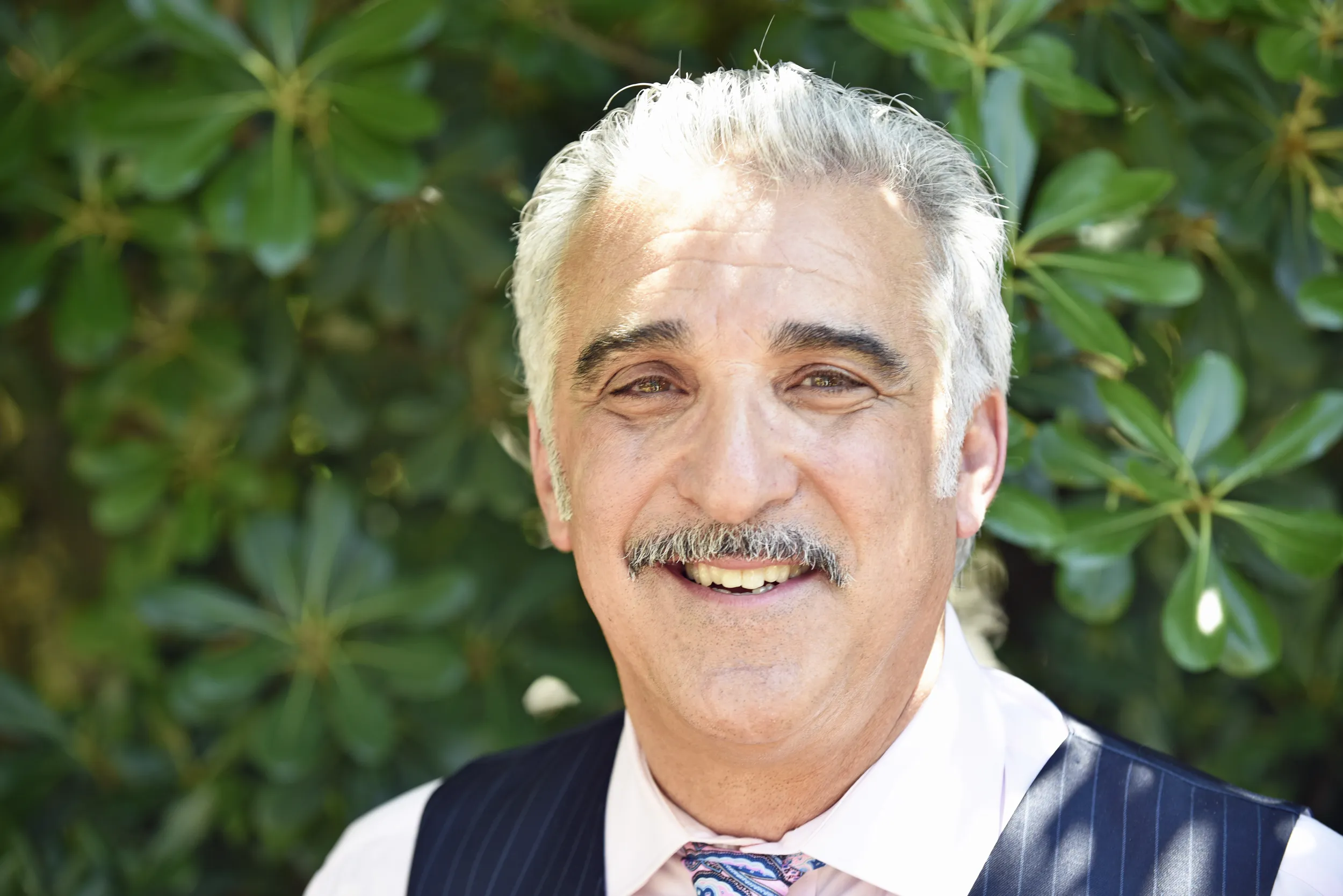
$40,000 Auction
$100,000 Insurance
Salt Lake City, UT (2016)
Featured In
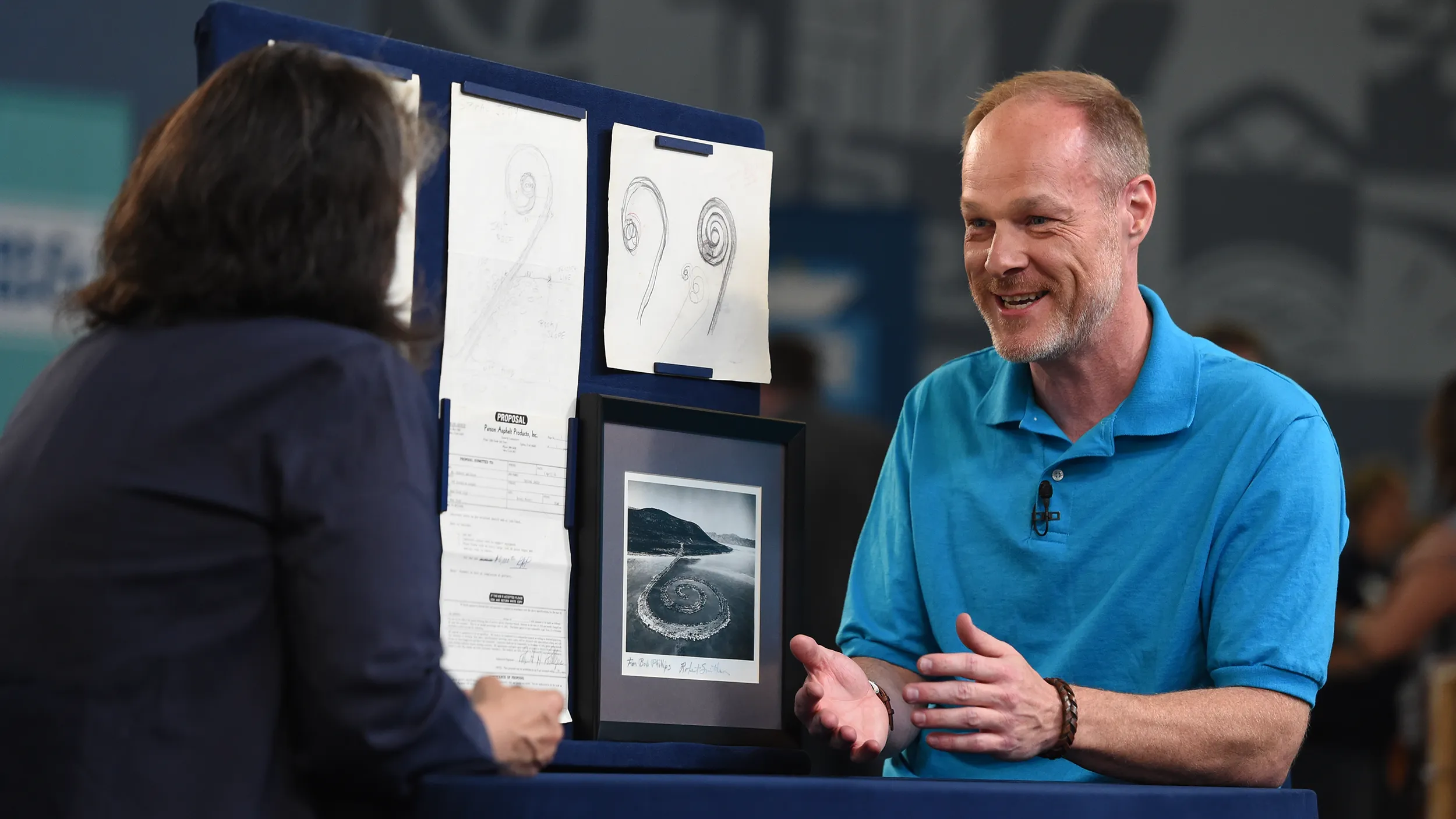
episode
Salt Lake City, Hour 2 (2017)
A Cartier bracelet, Zee Wo cutlery, and a Number 1 Barbie. One is is up to $100,000!
Gems and Minerals

appraisal
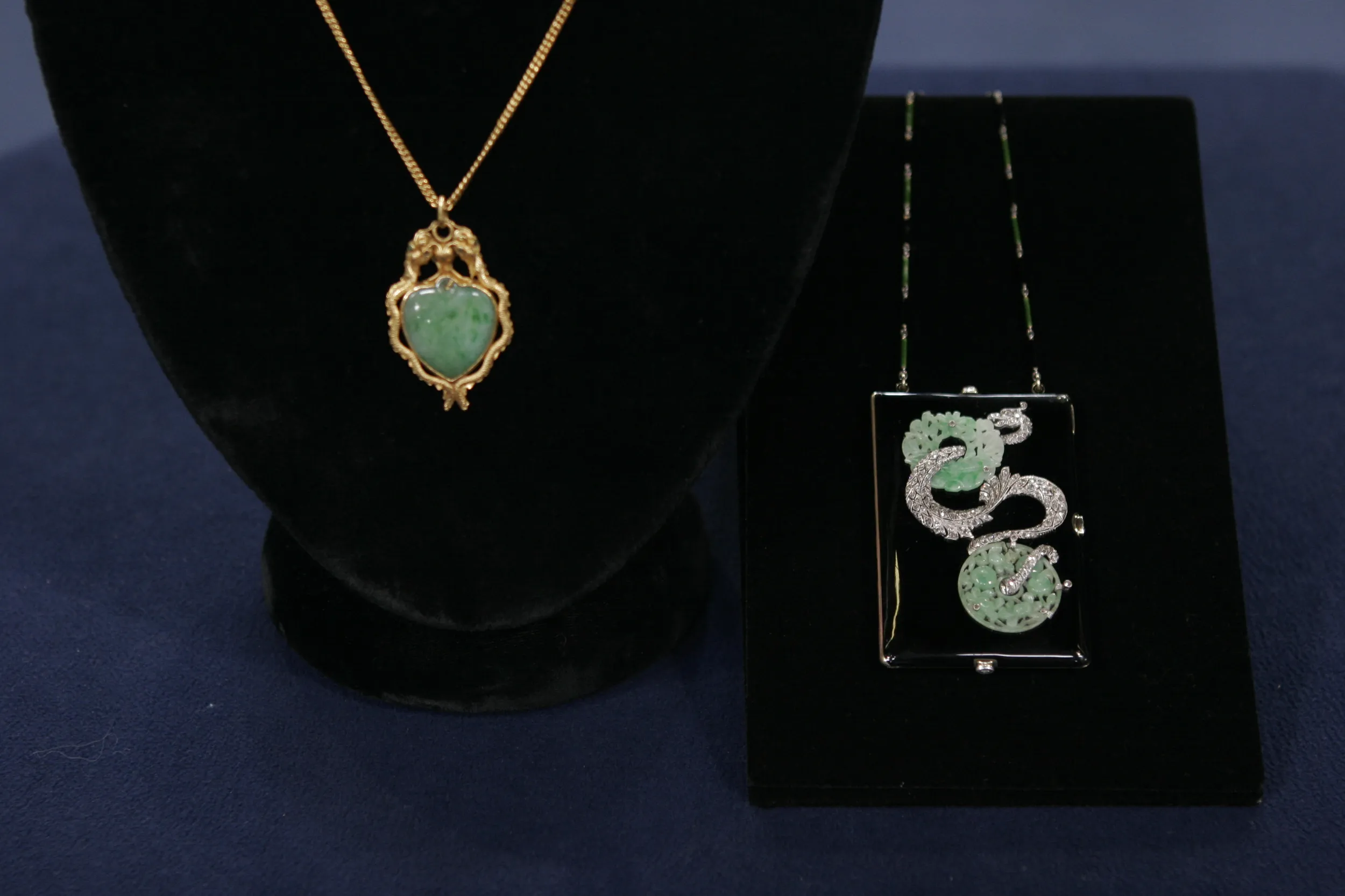
appraisal
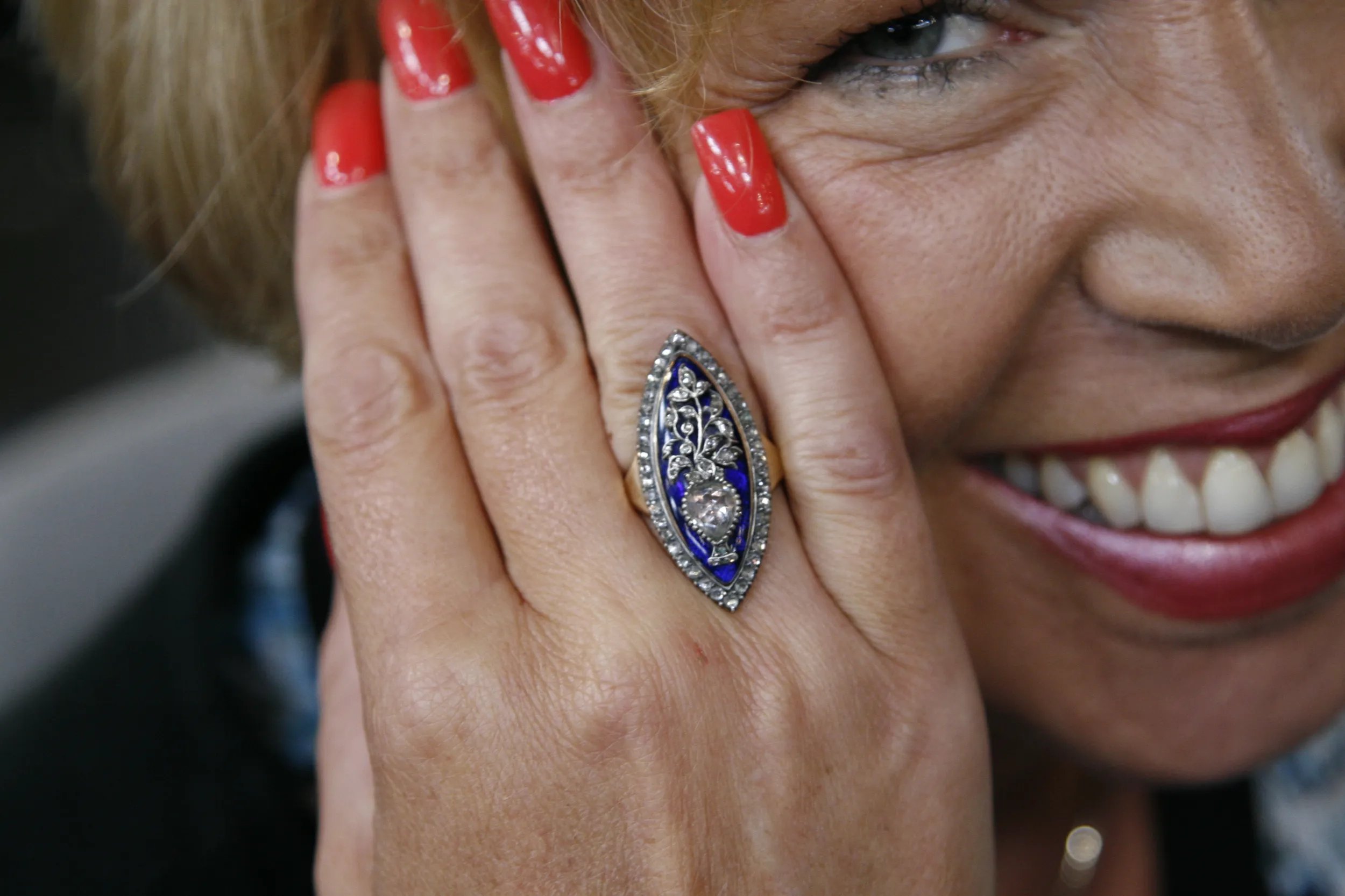
appraisal
Understanding Our Appraisals
Placeholder
